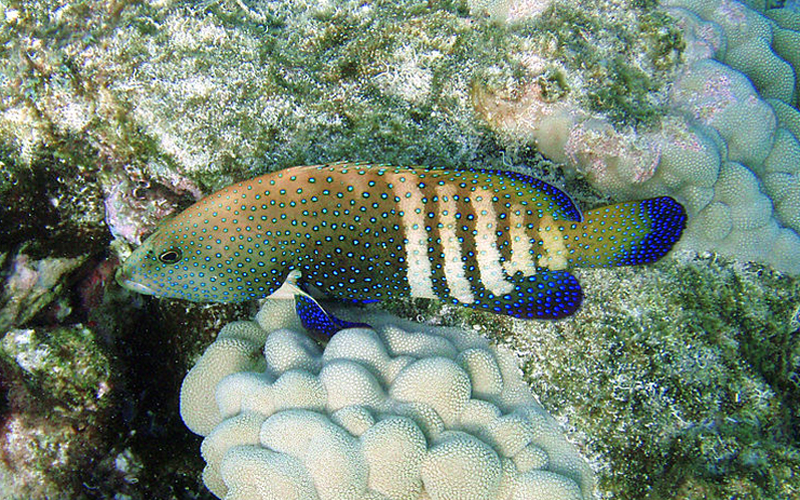How will changing reefscapes affect the prevalence of ciguatera on Hawaiian reefs?

Ciguatera fish poisoning (CFP) is caused by consumption of reef fishes containing toxins produced by epiphytic dinoflagellates of the genus Gambierdiscus. Anthropogenic climate change and alteration of reef fish assemblages have the potential to increase the abundance and range of Gambierdiscus sp. However, it is not clear how the resulting changes to reef ecosystems may interact to influence the prevalence of ciguatoxic fishes and thus the risk that CFP may pose to local communities dependent upon these fisheries.
For example, coral bleaching events result in the loss of live coral, causing an increase in the algae that Gambierdiscus sp. attach to. Herbivorous fishes help to control the growth of algae in reef systems, but also serve as the primary conduit of ciguatoxins to higher trophic levels. While it is suspected that loss of live coral cover from bleaching events could lead to increased prevalence of ciguatoxic fishes on reefs, it is not clear how the protection of herbivores might influence the risk of CFP.
Therefore, the objectives of this study are to evaluate the relationship between a loss of coral cover, herbivorous fish biomass, and the prevalence of ciguatoxins in a high-level predator, Peacock Grouper (Roi) (Cephalopholis argus), and an herbivore commonly targeted by anglers, Kole (Ctenochaetus strigosus), using a commercially-available fluorescent receptor binding assay. Fishes will be sampled quarterly across sites that experience differential rates of loss and recovery of live coral cover, and split between sites where herbivorous fishes are protected from harvest and where harvest is allowed. The results of the proposed study will allow local communities to adapt their patterns of resource usage to changing reefscapes. Further, these results will allow for state agencies and fishing communities to warn the public better where and when the risk of CFP may be elevated.
PROJECT DETAILS
FUNDED:
FY2020
PI:
Tim Grabowski
Research Fish Biologist, Hawai‘i Cooperative Fishery Research Unit, USGS/Adjunct Professor of Marine Science, UH Hilo
Graduate Scholar:
Nikola Rodriguez
Tropical Conservation Biology & Environmental Science, UH Hilo

